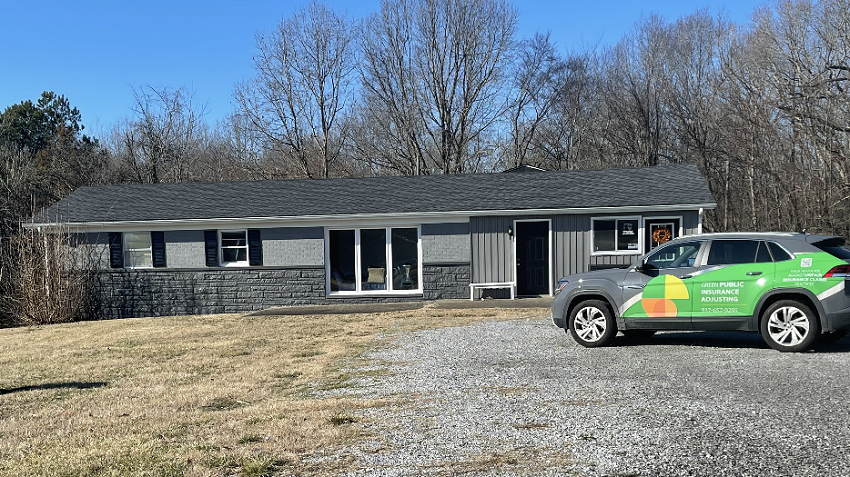
Overcoming Fee Concerns To Build Strong Client Relationships
Many homeowners initially hesitate to hire a public adjuster because they worry that paying a fee will reduce their ability to complete repairs. These concerns often arise from fear, confusion about the insurance process, and the mistaken belief that the carrier’s adjuster represents their interests. Public adjusters can overcome these concerns by reframing the conversation around outcomes, not costs—showing how professional documentation, code analysis, and negotiation typically increase the overall recovery well beyond the fee. Sharing real examples, acknowledging emotional stress, clearly outlining the adjuster’s role, and offering simple explanations help build trust and clarity.
Effective client relationships begin with transparency, mutual understanding, and clear expectations about how the partnership works. Public adjusters must also take special care when working with elderly, disabled, or otherwise vulnerable policyholders, ensuring compliance with consumer-protection laws and providing extra clarity and sensitivity. When handled thoughtfully, fee concerns become an opportunity to educate, reassure, and form stronger, more collaborative client relationships.










